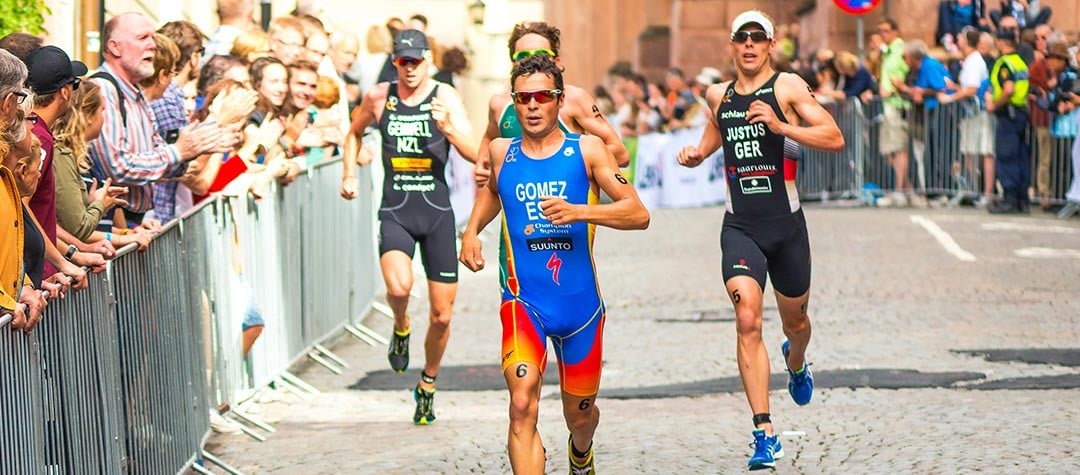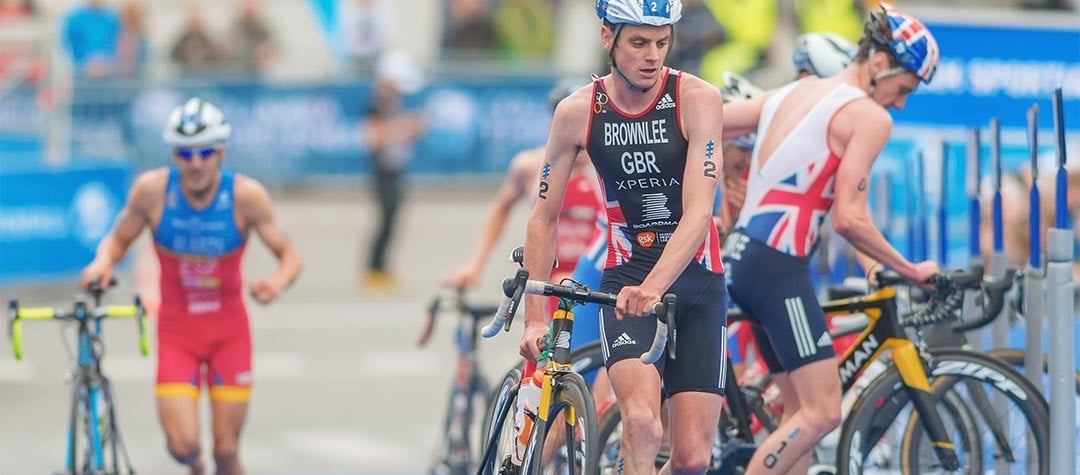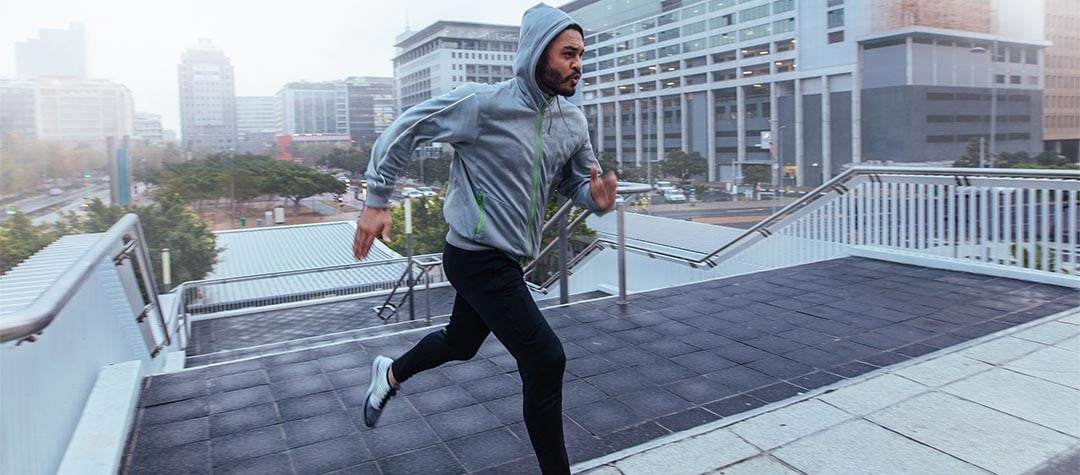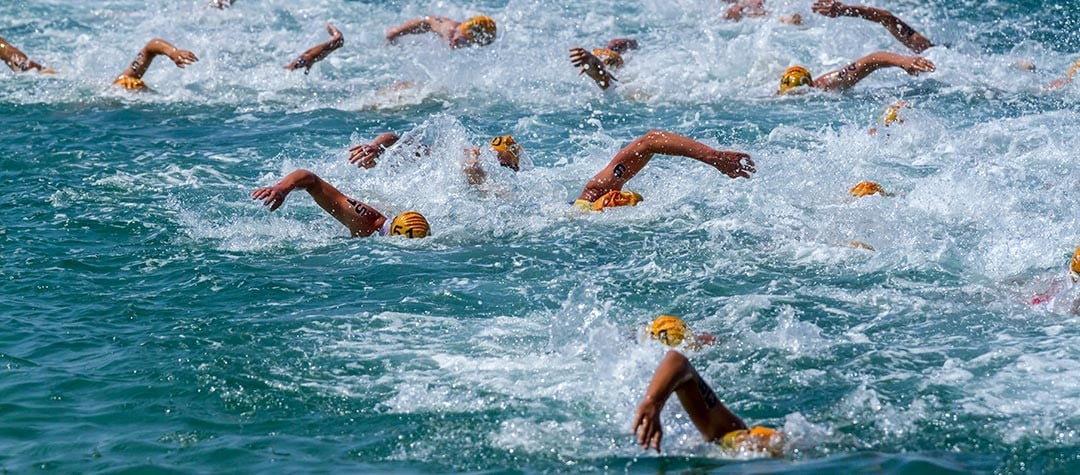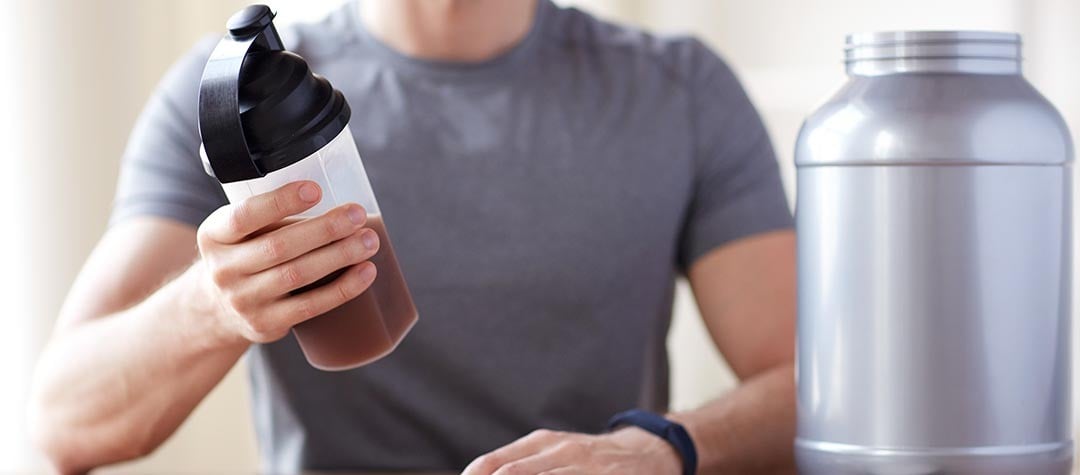Triathlon requires ability in multiple sports, meaning the potential for injury is great. Here are the six areas to watch out for potential injury.
Triathlon is a tough sport and requires a large amount of hard training to be successful. From your fast sprints on the track all the way up to long 5 hour rides in the hills, it’s easy to see why hard training and racing can bring on many different kinds of injuries. If you are aware of the common injuries that triathletes run into, and their warning signs, plus how to manage the injuries, you can limit the time lost each time.
1. Plantar Fasciitis
is probably one of the most common injuries in triathlon. It’s an impact injury commonplace in people who like to run on their toes and you’ll feel it on the bottom of your foot under your arch. A common way to treat it, if identified early, is through massage. Place a tennis ball on the ground and gentle rolling it under the affected foot for a few minutes and this can help loosen up your plantar fascia.
2. Achilles Tendonitis
is inflammation of the thick four-inch tendon that runs up from your heel to your calf muscles, you’ll pick this up from overuse and perhaps as you start to get older. It causes pain, stiffness and loss of strength. This for me is what is probably going to be my downfall! Working on your flexibility in the calf and achilles area can help avoid achilles problems.
3. Stress Fractures
is another killer for triathletes and the most common type of injury. It’s from tiny cracks in the bones and usually comes after a stress response. Again it’s from the repetitive application of force through a bone that’s not strong enough. The only thing you can do is rest from the sport that aggravates it.
4. Lower back pain
can come as a result from time trialling on the bike, but also from intense running where you’re putting strain through your back. It can cause you to cramp up and become stiff through the joints, resulting in aching and pain. You can help yourself by good work in the gym on your core, glutes and mobility.
5. Iliotibial Band Syndrome (ITB syndrome)
is probably the biggest cause of runner’s knee. The ITB runs down the outside of your leg from your glutes past your knee and if it becomes too tight it can pull everything out of place and cause problems for you as well as rubbing across the bony part on the outside of the knee causing impingements and therefore pain and wear of the tendon. A foam roller and specific exercises to massage the ITB can help alleviate the problem.
6. Blisters
are another pain for triathletes. Often we race without socks and sometimes even when we do wear good socks the distance just gets to us and the constant friction on the bottom of the feet will result in nasty blisters, causing us pain during the race and also afterwards. My main tip is to avoid getting your feet wet at the aid stations but also find a pair of shoes that are comfortable for you. Mostly though it’s quite unavoidable!
Almost all athletes will get injured at some point in their career and however big or small it is the best advice is always going to be to rest properly and get professional help from a physiotherapist or masseuse. Only in the most desperate cases should you run through pain! In general it’s best to put your feet up and take the opportunity to do other things and refresh the mind. Icing, stretching, compression and strengthening will always help, but you have to judge each injury on their own merit and what the rehab requires.










